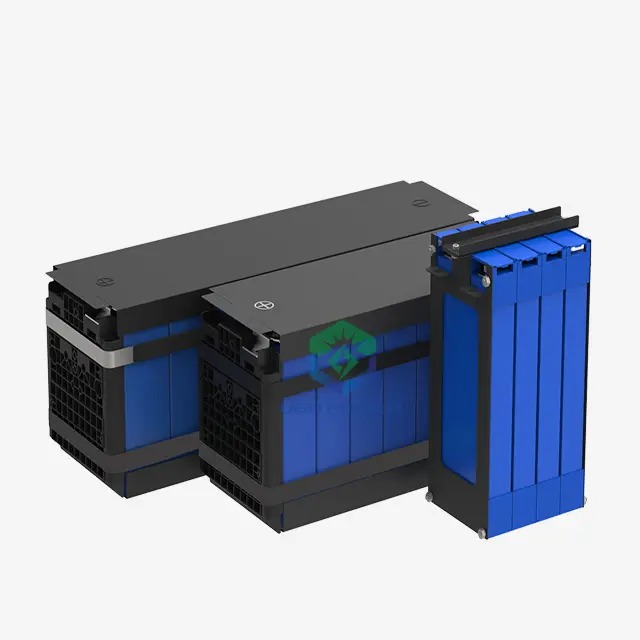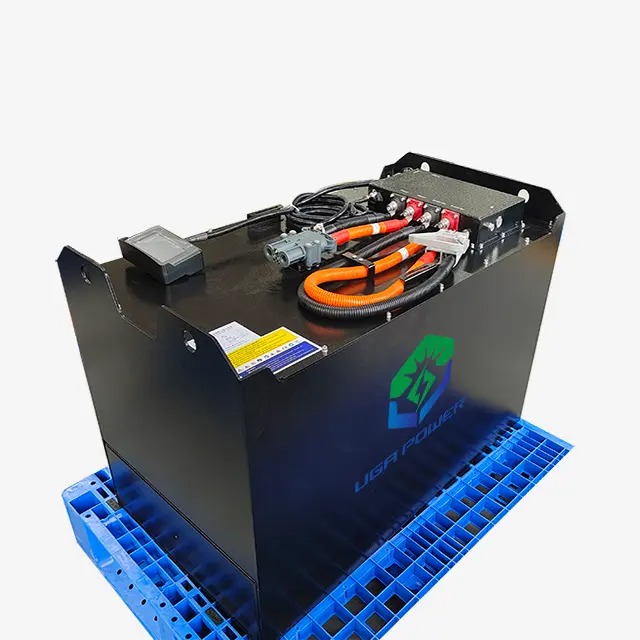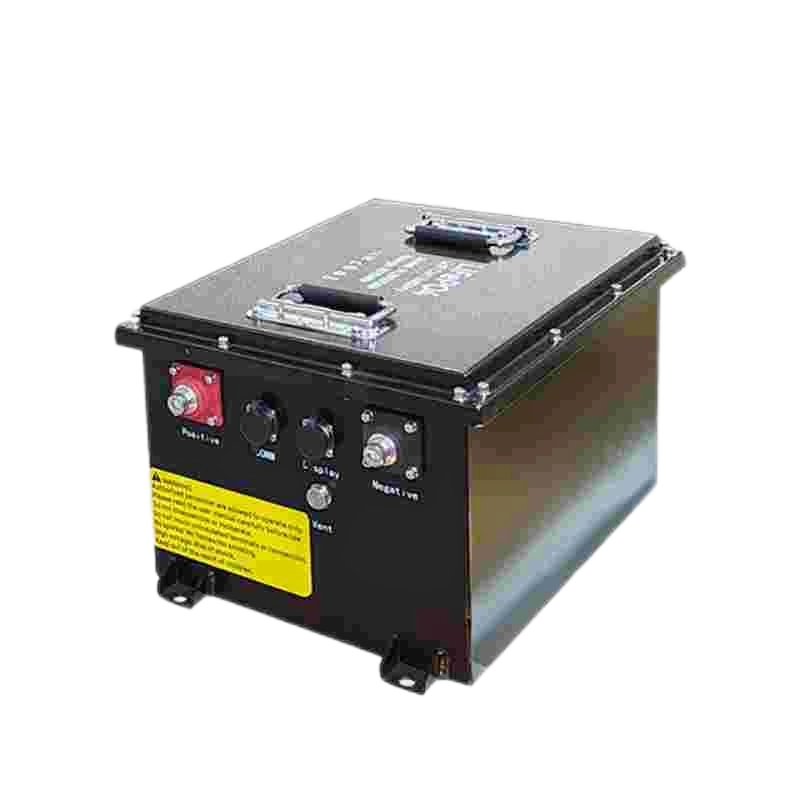
What is a forklift worth without a reliable power source to run it? The answer is not much. For any warehouse operation, the battery is the heart of the forklift, and keeping that heart healthy is crucial for efficiency and productivity. Many of us know that the most common power source for these machines runs on a chemical reaction, but have you ever stopped to wonder what's actually inside? Specifically, how much sulfuric acid is in a forklift battery?
Understanding this essential component is about more than just trivia; it's fundamental to maintenance, safety, and performance. This guide will walk you through everything you need to know about the sulfuric acid in these power units. We will cover exactly how much acid they contain, why it's so important for power generation, the critical safety procedures you must follow, and how different battery types compare. Whether you are managing a fleet of forklifts or considering purchasing a new one, this information will help you get the most out of your equipment.
The Straight Answer: Quantifying Sulfuric Acid in a Forklift Battery
Let's get directly to the point. When we talk about forklift battery acid, we are referring to the electrolyte solution inside a lead-acid forklift battery, which is the most common type used in warehouses today. This electrolyte is not pure acid but a specific mixture of sulfuric acid and water.
The Electrolyte Composition: Acid-to-Water Ratio
The electrolyte solution inside a charged lead-acid forklift battery typically consists of about 30% to 50% sulfuric acid, with the remainder being purified, deionized water. While this range can vary slightly depending on the manufacturer and specific model, a very common concentration is approximately 37% sulfuric acid. This precise balance is engineered to facilitate the chemical reactions necessary for storing and releasing electrical energy.
Calculating Sulfuric Acid by Weight
Looking at the composition by weight gives you a clearer picture of just how much acid we're dealing with. Although the electrolyte itself is a mixture, the sulfuric acid component adds significant weight. As a general rule, sulfuric acid makes up about 18% of the total weight of a lead-acid forklift battery.
To put this into perspective, consider a standard forklift battery that weighs around 2,400 pounds. Based on that 18% figure, it would contain approximately 432 pounds of pure sulfuric acid. This substantial weight is one reason why forklift batteries are so heavy and act as a counterbalance for the vehicle.
Factors That Influence Acid Concentration
It is important to understand that the concentration of sulfuric acid is not static. It changes dynamically as the forklift battery goes through its charge and discharge cycles.
During Charging: As you charge the forklift battery, the chemical reaction reverses, and the concentration of sulfuric acid in the electrolyte increases. A fully charged battery will have the highest concentration of acid.
During Discharging: As the forklift battery powers your forklift, the acid is consumed in the chemical reaction, and its concentration decreases.
This fluctuation is a normal part of how a lead-acid forklift battery operates. However, it underscores the importance of proper charging habits and maintenance to keep the electrolyte balanced for optimal battery health.
The "Why": The Critical Role of Sulfuric Acid in Battery Performance
Now that we know how much sulfuric acid is in a forklift battery, let's explore why it's there in the first place. Sulfuric acid isn't just a random ingredient; it's the key element that makes a lead-acid forklift battery work. It serves as the electrolyte, the medium that enables the electrochemical process responsible for generating electricity.
Inside the forklift battery, there are lead plates that interact with the sulfuric acid solution. This interaction creates a chemical reaction that produces a flow of electrons, which is the electricity that powers your forklift. Without the sulfuric acid, this fundamental reaction couldn't happen, and the forklift battery would be nothing more than a heavy box of metal and plastic.
How Acid Concentration Impacts Battery Health and Lifespan
Maintaining the correct concentration of sulfuric acid is absolutely critical for the performance and longevity of your forklift battery. An electrolyte solution that is imbalanced can lead to a host of problems. If the acid solution becomes too diluted (meaning there's too much water), the effectiveness of the chemical reaction is reduced. This can result in:
Conversely, if the concentration becomes too high, usually because water has evaporated and hasn't been replaced, the acid can become too aggressive and cause damage to the battery's internal lead plates. This is why regular forklift battery maintenance, especially proper watering, is not just a recommendation but a necessity for any lead-acid forklift battery.

Safety First: A Guide to Handling Forklift Battery Acid
Because sulfuric acid is a core component of the most common forklift battery, understanding how to handle it safely is non-negotiable. Sulfuric acid is a highly corrosive substance that poses serious safety risks if mishandled. Furthermore, the charging process itself introduces another hazard: the release of flammable hydrogen gas.
Proper training on these risks is essential. At Foberria, we believe that a well-informed team is a safe team. We offer comprehensive training courses that cover proper handling techniques for lead-acid batteries, ensuring your staff can perform maintenance safely and efficiently. This expertise helps prevent accidents and extends the life of your equipment.
Essential Personal Protective Equipment (PPE)
Anyone performing maintenance on a lead-acid forklift battery, including watering or testing electrolyte levels, must use caution and wear the appropriate Personal Protective Equipment (PPE). This is your first and most important line of defense against injury.
Essential PPE includes:
OSHA Requirements for Safe Battery Charging Stations
The Occupational Safety and Health Administration (OSHA) has specific regulations for forklift battery charging areas to mitigate these risks. A safe charging station must include:
| Requirement | Description |
| Proper Ventilation | The area must be well-ventilated to prevent the accumulation of flammable hydrogen gas released during charging. |
| Eyewash Station | An emergency eyewash station with clean water must be readily accessible in case acid splashes into someone's eyes. |
| "No Smoking" Signage | Clear signage prohibiting smoking, sparks, or open flames must be posted. |
| Fire Extinguisher | An appropriate fire extinguisher must be present and easily accessible. |
| Acid Neutralizing Kit | A kit to neutralize and clean up acid spills must be available in case of a boil-over or accidental spill. |
Following these guidelines is not just about compliance; it's about creating a safe working environment for everyone in your facility.
Essential Maintenance for Your Electric Forklift Battery
Proper maintenance is the key to maximizing the lifespan and performance of any lead-acid electric forklift battery. Since the balance of sulfuric acid and water is so critical, the most important maintenance tasks revolve around managing the electrolyte levels.
The Importance of Watering Your Forklift Battery
As a forklift battery charges and discharges, the chemical reaction generates heat, which causes water in the electrolyte to evaporate. If this water is not replaced, the level of the electrolyte drops, exposing the tops of the lead plates to open air. This exposure is extremely damaging; it causes the active material on the plates to oxidize and deteriorate, permanently reducing the battery's capacity and shortening its life. Regularly adding water ensures the plates remain submerged and protected, preserving their integrity and the battery's overall health.
The Right Way to Water: When and How
Proper watering procedure is crucial to avoid causing other problems. There are two rules you must always follow:
When to Water: Only add water to a forklift battery after it has been fully charged and has had some time to cool down. During charging, the electrolyte level naturally rises. If you fill the battery before charging, the electrolyte is likely to expand and overflow, spilling corrosive acid onto the floor. This is known as a "boil-over" and is a common but preventable maintenance error.
How to Water: Use only distilled or deionized water. Tap water contains minerals that can coat the lead plates and interfere with the chemical reaction, reducing performance. When filling, add just enough water to cover the plates, following the level indicator in the cell. For maximum efficiency and safety, many operations use a forklift battery watering system, which automates the process and prevents over-or under-filling.
What is Equalizing and Why Does It Matter?
Equalizing is another essential maintenance practice. It involves giving the forklift battery a controlled overcharge after a normal full charge. This process helps to reverse sulfation—the buildup of hard lead sulfate crystals on the plates that occurs during normal use. If left unchecked, these crystals can permanently reduce the battery's capacity. An equalization charge helps dissolve these crystals and keeps all the cells in the forklift battery at a consistent, equal level, ensuring balanced performance.

Forklift Battery Types Compared: Lead-Acid vs. Lithium-Ion
Today's market offers more choices than ever before, and the biggest difference often comes down to the presence of sulfuric acid. The two main types of forklift battery are lead-acid and lithium-ion.
Lead-Acid Batteries (Wet Cell): The Industry Standard
Lead-acid batteries are the traditional workhorses of the material handling industry. They are known for their lower upfront cost and wide availability. However, their reliance on sulfuric acid means they come with significant maintenance responsibilities, including regular watering, cleaning, and equalization. They also have a shorter overall lifespan and present safety concerns due to acid spills and the release of hydrogen gas during charging.
Lithium-Ion Batteries: The No-Acid, No-Maintenance Option
Lithium-ion is a newer forklift battery technology that is rapidly gaining popularity, and for good reason. The biggest advantage is that they do not contain sulfuric acid or any liquid electrolyte. This design offers numerous benefits:
Virtually Maintenance-Free: With no water to check or acid to spill, they require almost no regular maintenance.
Faster Charging: They can be opportunity-charged during breaks without damaging the battery, leading to increased uptime.
Longer Lifespan: A lithium-ion forklift battery can last two to three times longer than a lead-acid battery.
Sealed Design: They are completely sealed, eliminating the risk of acid spills or flammable gas emissions.
The main drawback of lithium-ion technology is its higher upfront cost. However, when you factor in the reduced maintenance, longer life, and increased productivity, the total cost of ownership can often be lower in the long run.
New vs. Refurbished Forklift Batteries
When it comes to sourcing a lead-acid forklift battery, you have the option of buying new or refurbished.
New Forklift Batteries: A new forklift battery arrives with its components in pristine condition and the sulfuric acid levels perfectly optimized by the manufacturer. They offer the best performance, longest lifespan, and come with comprehensive warranties.
Refurbished Forklift Batteries: A refurbished forklift battery is a used battery that has undergone a reconditioning process. This often includes cleaning the battery, replacing bad cells, and adjusting the sulfuric acid solution to restore performance. It can be a cost-effective solution, especially for lighter-use applications. However, refurbished batteries may require more frequent maintenance and monitoring compared to new ones.
Frequently Asked Questions (FAQ)
How long does an electric forklift battery last on a charge?
A fully charged lead-acid forklift battery is designed to last a full 8-hour shift, although this can vary based on the battery's age and how it's used. Factors like lifting heavy loads or traveling over rough terrain can reduce its run time per charge.
What are the signs of a bad forklift battery?
The most common signs of a failing forklift battery include loss of power, shorter run times, and increased heating or longer charging times. You might also see white crystal buildup (sulfation), which reduces the battery's active material and harms its performance.
Can you overcharge a forklift battery?
Yes, it is possible to overcharge a forklift battery, especially if you use a charger with an amp-hour output that is too high for your battery. This can damage the battery, reduce its useful life, and may even void its warranty.
Should I recondition or replace my battery?
Reconditioning is a less expensive, environmentally friendly option suitable for light-use equipment. However, you should consider replacing your forklift battery if you are getting less than 4 hours of run-time, as this indicates its capacity has dropped below 80%.
Choosing between these options depends on your budget, application, and operational needs. At Foberria, our experts can help you analyze your requirements and decide on the most economical and efficient solution for your business, whether it's a new or refurbished forklift battery.














